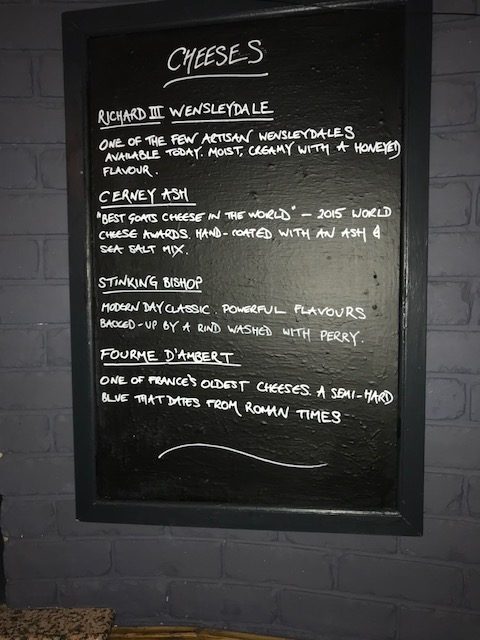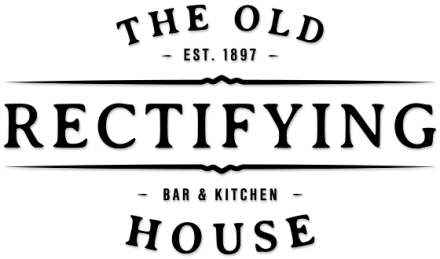Good cheese is expensive so good Cheese Boards are expensive

As headlines go the one above is not that revealing is it? You’ might be surprised however how often people mention the price of our cheese board in comparison to our other desserts and, indeed, to other cheese boards they’ve had.
Without descending into a tedious maths lesson, all restaurants operate a process whereby dishes are costed and a “target gross profit” percentage is achieved on each dish. Essentially this figure is obtained by deducting the cost of the dish to prepare from the selling price of the dish (minus VAT). Most aim for a gross profit percentage of between 70-80%. Whilst that may seem like a high percentage figure it is worth remembering that restaurants only gain income from selling food and drink therefore any gross profit achieved goes towards paying staff, buying products, heating the building, buying a new fridge etc etc . If a dish is priced incorrectly it is conceivable that a restaurant actually LOSES money each time the dish is sold. Quite often outwardly busy looking restaurants fail because their offering is under-priced and the owners can’t quite understand how they can be so busy and yet not make any money. Happens pretty often!
Oh, this is getting a little boring….sorry.
Anyway, in practice, I have come to know that I need to aim for a 70% GP in order to keep the place alive. We cost all of our dishes to this figure.
“What’s this got to do with the price of cheese?” “You were supposed to talk about cheese!” I hear you cry.
Well, cheese is a good example of a product that can vary enormously in price and hence can “cloud” a customer’s perspective. I blame supermarkets (for a lot of stuff actually) as all of us are prone to running-in and bunging a block of Cathedral Cheddar into our basket for a baked spud later that night. Cathedral City costs £5.00/kilo at Tesco. If you have a Booker Card you can get cheddar even cheaper at £4.00/kilo. The cheeses we currently have on our board vary between £13/kilo and £26/kilo. If you go online to buy Stinking Bishop you’ll pay between £50-60/kilo. Who’s going to do that every week?
A quick example:
If, as we do, you put 30g of each cheese on the plate the sums go like this……..
If your cheeses cost £5/kilo this equates to a cost price of about 15p per piece of cheese. If we assume you have four cheeses on the board this means the cheese on the board cost just 60p. At 70% GP this means a selling price of around £2.40 for that cheese.
If your cheese cost £20/kilo the total cost would be £2.40. At 70% GP this means a selling price of around £9.50 for that cheese..
Don’t forget to add in the cost of grapes, crackers, chutney etc
This is essentially a very convoluted way of saying “you get what you pay for” I know. It’s a little more than that as well though. It’s a good example of what we like doing that many don’t like doing; that is, giving people the opportunity to try things they may not have had before. That seems far more important to me than trying to “wangle” a bit of extra cash by providing a cheese board that you could knock-up at home any night of the week.

